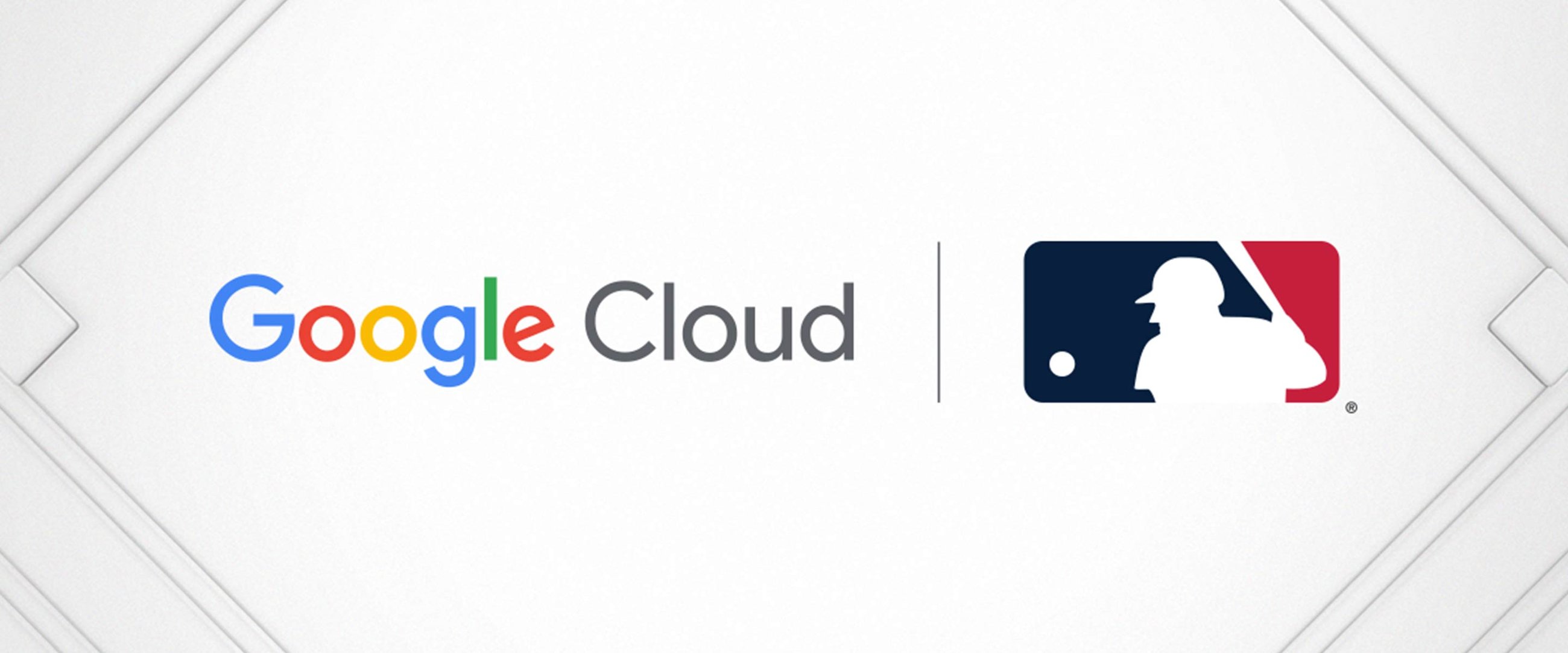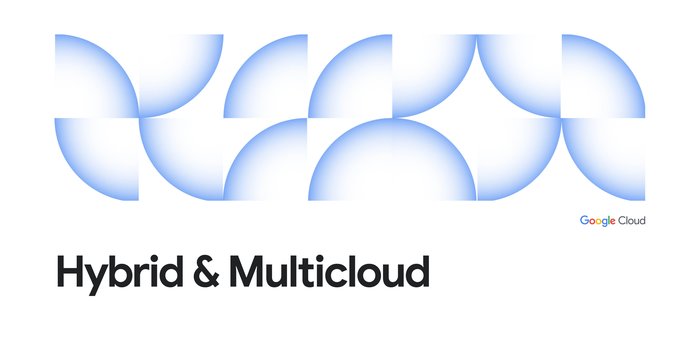Batter up! Anthos on bare metal helps MLB gear up for upcoming season

Kris Amy
VP of Technology Infrastructure, Major League Baseball
It's been a long, cold winter, after a long, strange year. The global pandemic impacted the last baseball season, and it may do so again. But Spring Training is finally here, which is all about optimism and new beginnings. We're excited for this season, and we're really excited about our new architecture powered by Anthos on bare metal.
We already use an array of services from Google Cloud: we broadcast mlb.com out of Google Cloud, relying on Compute Engine, Google Kubernetes Engine (GKE), Cloud SQL, Load Balancing, and Cloud Storage, to name a few. We also use GKE for test and development, and BigQuery for analytics. And for the second season now, we run Anthos in our ballparks to host applications that need to run in the park for performance reasons. Take our Statcast baseball metric platform: cameras collect data on everything from pitch speed to ball trajectories to player poses, which gets fed into the Statcast pipeline in real-time. Statcast transforms that data into on-screen analytics that announcers use as part of their game-time color commentary. Obviously, minimizing the time between when the bat hits the ball and when it’s displayed on screen is hugely important to the fan’s viewing experience.
Last year, our Anthos servers ran on top of VMware, but the plan had always been to run Anthos on bare metal because it would help us simplify the stack we have to maintain in our 31 parks. So when Anthos for bare metal became generally available in November, we pushed forward with our partner Arctiq to deploy it for the upcoming season. By eliminating the virtualization layer, Anthos on bare metal makes it easier to swap out a server in the event of a hardware failure (our ballparks weren’t designed as climate-controlled data centers, so hardware failures happen more often than you would think). When a failure happens, we simply drop in a new server, image it with Ubuntu and Anthos, and the cluster auto heals itself and automatically deploys your apps.
This kind of remote operation is particularly valuable in a pandemic. During the height of the 2020 season, local ordinances precluded most vendors and technicians from being on-site, making ease-of-replacement all the more important. 2021 will present many of the same restrictions. Anthos on bare metal also makes us more agile. For example, the Toronto Blue Jays are starting their season in Dunedin, FL this year. If the team is able to go back to Toronto this year, Anthos on bare metal makes it easy for us to follow them there.
Going forward, we have big plans for Anthos. Over time, Anthos clusters will become a multi-tenant resource that we can offer to anyone that needs access to low-latency compute in the ballpark, like a food vendor or entertainment provider. Rather than having every vendor provide their own silo, we provide Anthos as a service.
The 2020 MLB season was a season like no other, and we’re expecting the 2021 season to throw us its fair share of curveballs too. But when it comes to our in-park server infrastructure, Google Cloud and Anthos on bare metal have us feeling pretty good about the future. It’s time to play ball!
Major League Baseball trademarks and copyrights are used with permission of Major League Baseball. Visit MLB.com.

